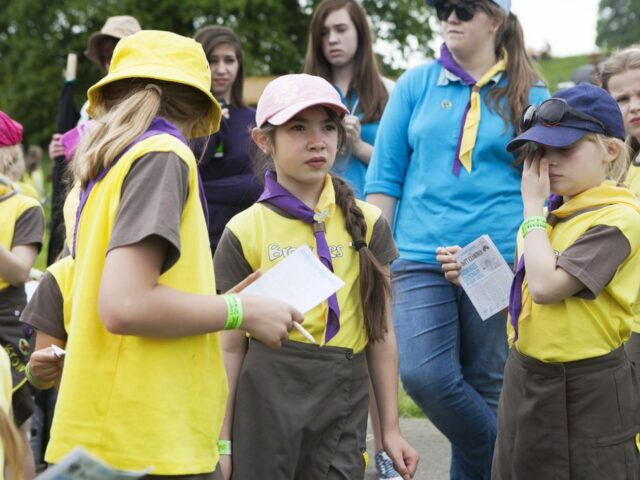- There’s no statistically significant difference in girls’ and boys’ confidence between the ages of 10 and 11
- from 12 to 15, there is a noticeable and often increasing gap between boys’ and girls’ confidence
- girls who have experienced Girlguiding have higher levels of confidence than girls who have not
- Girlguiding raises its members’ confidence of beyond the UK youth average.
- ‘I get nervous and lose confidence in new situations’ – which assesses confidence and nervousness
- ‘I can usually solve my own problems’ – measuring self-efficacy (our belief in our ability to achieve tasks we set ourselves)
- ‘I am as able as most people’ – also measuring self-efficacy
- ‘I feel I have a number of good qualities’ – to measure self-worth
When the researchers compared their own Girlguiding data with Understanding Society figures, they found that those in guiding experience less significant drops in confidence compared to UK girls as a whole – and their confidence can even exceed the levels reported by UK boys. Compared to UK boys and girls combined, being in Girlguiding is associated with being 3-7% more likely to report high self-efficacy and 3% more likely to report high self-worth.
Health and wellbeingYoung people



